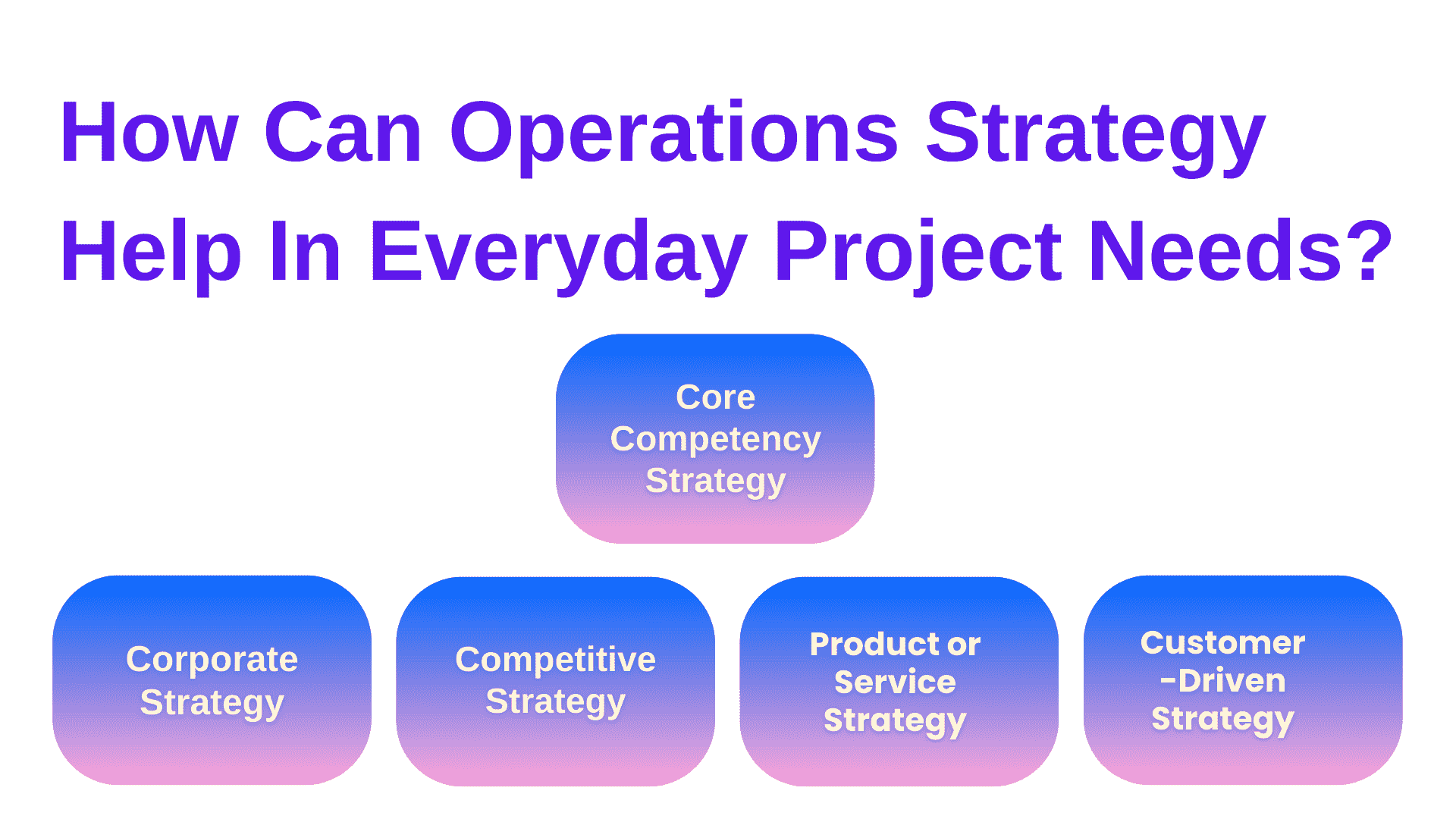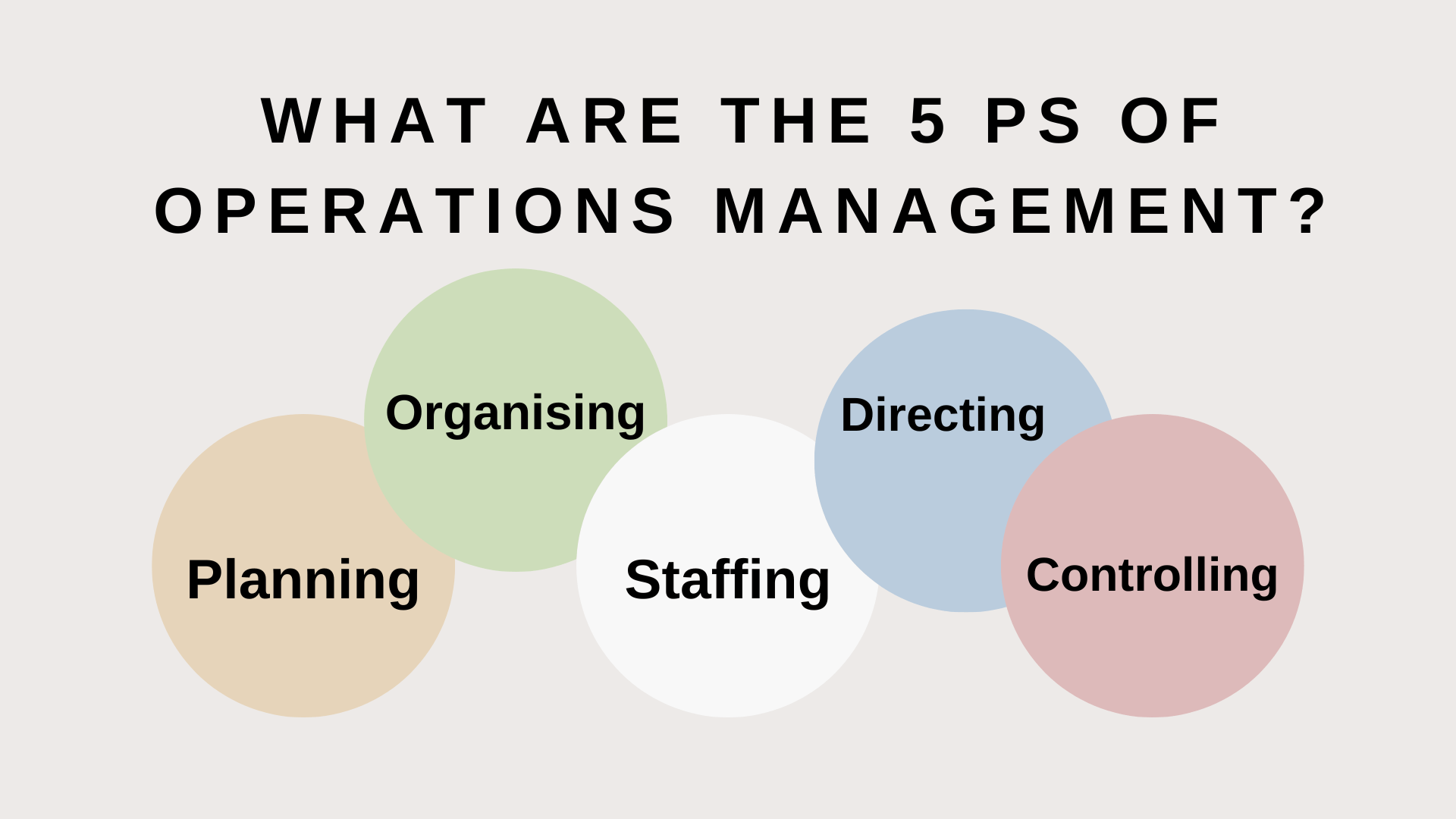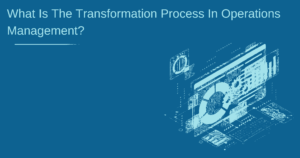Operations management is a critical part of any business. It’s the process of managing the day-to-day operations of a company to achieve specific goals and objectives. While it may seem relatively straightforward, operations management is a complex and ever-evolving field. As business strategies change and new technologies are developed, the way we manage operations must also change. This blog post will explore the impact of operations management on business strategy and how the two concepts are intertwined. We will also discuss some of the challenges faced by operations managers and offer ways to overcome them.
What are Operations Management Strategies?
Operations management strategies are the plans and decisions that guide an organisation’s operation. Operations management is all about planning, organising, and supervising an organisation’s operations. It includes the management of resources, production, and distribution.
Operations management strategies vary depending on the type of organisation. For example, a manufacturing company would have different strategies than a retail company. The size of the organisation also affects operations management strategies. A small business has different compared to a large corporation.
Operations management aims to ensure that an organisation runs efficiently and effectively. Strategies must be designed to meet this goal. They should be lined up with the overall business strategy to ensure that they support the company’s goals.
Flexibility is key to successful operations management. Operations managers must constantly monitor and adapt their strategies as needed. This is especially important in today’s ever-evolving business environment.
How Can Operations Strategy Help In Everyday Project Needs?
Operations strategy is the set of decisions an organisation makes regarding allocating resources to produce goods and services. The operation strategy aims to find ways to create more value for the customer while also reducing costs.
Operations management strategy can help in everyday project needs by providing a framework for making decisions about allocating resources. By understanding the trade-offs between different options, operations strategy can help find the most efficient way to produce a given output. Additionally, operations strategy can help identify ways to improve process efficiency and quality, leading to improved project outcomes.

Core Competency Strategy
A few core competency strategies for operations management can help improve efficiency and productivity within a company.
One such strategy is to focus on process improvement. By analysing current processes and finding ways to streamline them, companies can save time and money while also improving the quality of their products or services. This can be done through different methods such as Lean or Six Sigma.
Another core competency strategy is to create a culture of innovation within the organisation. Supporting employees to come up with new ideas and solutions can lead to breakthroughs that would otherwise have been impossible. Additionally, investing in research and development (R&D) can help bring new products or services to market, which can give a company a competitive advantage.
Finally, another key strategy is supply chain management. Having visibility into the entire supply chain from start to finish can help identify bottlenecks or waste areas so they can be corrected. Additionally, working closely with suppliers and partners can ensure that everyone is aligned and working towards common goals.
Corporate Strategy
The corporate strategy aims to create value for shareholders by aligning the company’s operations with its business model and competitive environment. The role of operations management is to ensure that the company’s operations are efficient and effective in delivering the desired level of customer service.
There are three main elements when developing a corporate strategy for operations management:
1) Company Business Model: The first step is to understand the company’s business model. What products or services does the company offer? How does it make money? What are the key drivers of profitability? A clear understanding of the business model will help identify areas where operational efficiency improvements can impact bottom-line performance.
2) Competitive Environment: The second step is to understand the competitive environment in which the company operates. Who are the major competitors? What are their strengths and weaknesses? What is the overall industry structure? Understanding these factors will help identify areas where operational improvements can give the company a competitive advantage.
3) Customer Needs: The third step is to understand customer needs and how they vary by product or service offering. What do customers value most? How much are they willing to pay for quality levels?
Also Read: What Is The Scope Of Operations Management?
Competitive Strategy
There are several different types of competitive strategies that an organisation can adopt to gain a competitive advantage in their industry. The type of competitive strategy that an organisation adopts will depend on various factors, including the nature of the industry, the size and resources of the organisation, and the goals and objectives of the organisation.
One common competitive strategy is cost leadership. It involves becoming the low-cost producer in an industry by achieving economies of scale or using other cost-cutting measures. A company that pursues a cost leadership strategy typically has a wide product line and sells its products at a lower price than its competitors.
Another common competitive strategy is differentiation. It involves creating unique products or services that offer superior value to customers compared to competing products or services. A company that pursues a differentiation strategy typically has a narrower product line than its competitors and charges higher prices for its products or services.
Companies can also pursue a combination of cost leadership and differentiation, known as focus strategies. In this case, companies choose to specialise in serving one particular segment of the market (known as a focus market) and focus their efforts on becoming the low-cost producer or differentiator in that market.
The type of competitive strategy that an organisation pursues will have implications for the organisation’s marketing mix decisions. For example, a company that pursues a cost leadership strategy will typically have a mass marketing strategy and use a variety of marketing mix elements to reach a large number of potential customers at a low cost. On the other hand, a company that pursues a differentiation strategy will typically have a more targeted marketing approach and use a mix of marketing mix elements that emphasise the unique benefits of its products or services.
A company’s choice of competitive strategy will also have implications for its overall business model. For example, companies pursuing a cost leadership strategy typically have a business model emphasising low costs and high-volume sales. On the other hand, companies that pursue a differentiation strategy typically have business models that emphasise creating unique products or services and charging premium prices.
Product or Service Strategy
The best product or service strategy for operations management will vary depending on the specific organisation and industry. However, some general principles can be followed to develop an effective product or service strategy for operations management.
First, aligning the product or service strategy with the overall business strategy is essential. This means that the product or service should support the company’s goals and objectives. For example, suppose the company’s goal is to increase market share. In that case, a product or service strategy focusing on quality and customer satisfaction is more likely to succeed than one focusing on cost reduction.
Second, the product or service strategy should be tailored to the target market’s needs. Understanding the target customers and what they value in a product or service is crucial. For example, if the target market is price sensitive, then a cost-effective production process is going to be more critical than if the target market values high quality above all else.
Third, it is essential to consider all aspects of operations when developing a product or service strategy. This includes everything from supplier relations and inventory management to distribution and customer service. All of these factors can significantly impact the product or service’s success.
Finally, it is essential to periodically review and adjust the product or service strategy as needed. The target market’s needs can change over time, so it is essential to be flexible and adapt the strategy as necessary. Additionally, as the business grows and changes, the operations management strategy may need to be updated to support the company’s new direction.
Also Read: Roles and Functions of Operations Management
Customer-Driven Strategy
Operations management is the process of ensuring that an organisation’s operations are efficient and effective. A customer-driven strategy for operations management focuses on providing excellent customer service while also ensuring that the organisation’s operations are efficient.
The first step in creating a customer-driven strategy for operations management is to understand the needs and wants of your customers. What do they value most? What do they need from you to be satisfied? Once you understand your customer’s needs, you can begin to develop a strategy that will meet those needs.
One way to provide stellar customer service is by ensuring that your employees are adequately trained and equipped to handle customer inquiries and requests. Another way is to make sure that your operation runs smoothly and efficiently.
This means having adequate resources, effective processes, and proper planning. By providing excellent customer service and ensuring that your operation runs smoothly, you will be able to build a loyal base of customers who will consider you for their needs.
Explain 5 Benefits of Operations Management Strategies And Their Impact on Your Project
- Operations management strategies can help you better ascertain your customers’ needs.
- By understanding your customers better, you can design more efficient and effective operations, leading to improved project outcomes.
- Improved efficiency and effectiveness can also lead to cost savings, which can be passed on to the customer or used to improve the project budget.
- In addition, by improving operations, you can improve the quality of the project output, leading to happier customers and an improved reputation for your company.
- Finally, effective operations management can help you to better manage risk and ensure that your projects are delivered timely and within budget.
What Are The 5 Ps Of Operations Management?

- Planning: This involves the creation of plans and strategies to ensure that operations are efficient and effective. It includes setting objectives, designing processes, and developing schedules.
- Organising: This step ensures that the resources needed for operations are available and properly allocated. It includes identifying who will do what tasks, creating teams, and establishing communication channels.
- Staffing: This part of the process entails hiring and training employees to carry out the work required by the operation. It also includes ensuring that there are enough workers to meet demand and managing employee performance.
- Directing: This component focuses on providing guidance and direction to employees to help them carry out their work effectively. It encompasses setting goals, giving instructions, monitoring progress, and providing feedback.
- Controlling: The final P in operations management is controlling, which ensures that operations run smoothly and efficiently by checking results against standards and taking corrective action when necessary.
Conclusion
Operations management can have a significant impact on the overall strategy and performance of a company. By implementing efficient and effective operations management techniques, companies can improve their bottom line and better compete in today’s marketplace. If you want to improve your company’s performance, consider working with an experienced operations consultant who can help you develop and implement an effective operations management strategy.
Learn more about operations management and its best strategies through our Advanced Certificate in Operations, Supply Chain and Project Management. Check out the course now and take your career to great heights.
More Information:
Operations Management: Definition, Examples, and Strategies
Decision Making in Operations Management: Key Points





























